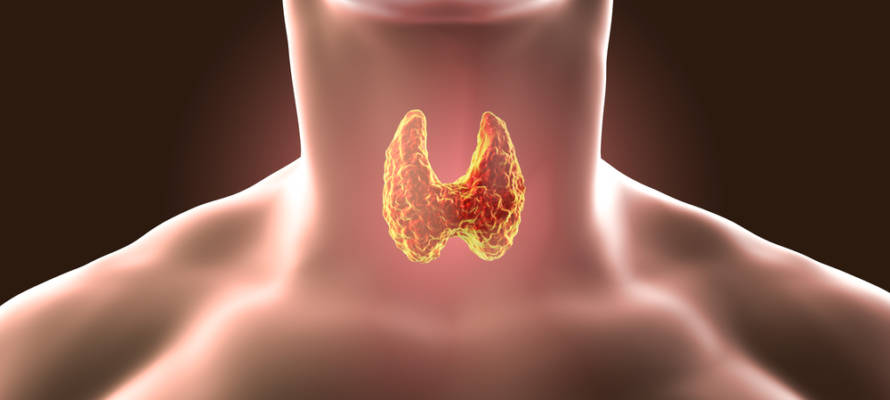Hospitals worldwide seek to participate in the study.
By United with Israel Staff
Hadassah University Medical Center doctors in Jerusalem announced Monday a “breakthrough” method to diagnose thyroid cancer with 94 percent accuracy. Previously, only 30 percent of test results were unequivocal.
The study, led by Dr. Haggi Mazeh, head of the department of General Surgery at Hadassah Mt. Scopus, and Dr. Iddo Ben-Dov, senior physician in the Department of Nephrology, was published in the journal Cancer, Epidemiology, Biomarkers and Prevention.
The thyroid gland, located in the front of the neck, plays a major role in the metabolism, growth and development of the human body. It helps to regulate many body functions, including temperature, by constantly releasing a steady amount of thyroid hormones into the bloodstream.
However, it is prone to develop small nodules that can turn cancerous. Biopsies are often performed on these lumps to determine if they are benign or malignant.
This is done by inserting a fine needle to aspirate some of the fluid in a nodule. Due to the small size of the needle and specimen, nearly a third these biopsies are inconclusive and must be redone.
“If it remains inconclusive, the patient is left with two options,” Mazeh told The Jerusalem Post. “[Either] to purchase an expensive , $3,000 commercial molecular examination or undergo partial or complete gland removal surgery.”
Should the gland be removed, the patient must take medication to replace the hormone produced by the thyroid for the rest of his or her life.
The first phase of the study evaluated thyroid specimens from 274 patients at Hadassah Medical Center in Ein Kerem. Some of these were benign and some malignant.
The researchers identified different expressions of microRNA in malignant and benign thyroid nodules and created a microRNA panel against which they could compare nodule samples, the Jerusalem Post reported.
“It turned out that our microRNA panel is very accurate. This is a breakthrough, since this level of accuracy is higher than the other commercial and expensive tests available on the market today,” Mazeh said, according to the Post.
The team is presently looking for funding in order to increase the number of samples they test and prove the accuracy of their findings. According to Mazeh, hospitals world-wide would like to send samples for testing.
He hopes that the test will be readily available for use within a year or two.
